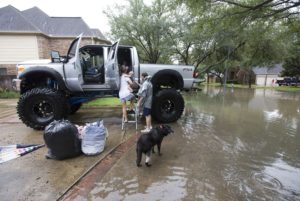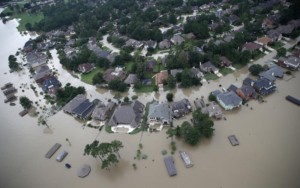
I want to give a shout out to my former neighbors along the Texas Gulf Coast.
They are working diligently to preserve one of the state’s most underappreciated resources: its beaches.
The Texas coast is in peril. It is disappearing before our eyes. It has been disappearing for, oh, many decades. I took an interest in the coast when I moved there in 1984 to take up my post writing editorials for the Beaumont Enterprise.
The Texas Tribune reports that Jefferson County officials are working with a consortium of industry officials, environmental activists, outdoorsmen and women and others to protect the coastal wetlands from drastic erosion.
According to the Tribune: Subsidence, sea level rise and storm surges have all contributed to significant land loss, averaging 4 feet per year along the state’s coastline, according to the Texas General Land Office. In some places, more than 30 feet of shoreline disappears underwater annually.
… Todd Merendino, a manager at the conservation-focused group Ducks Unlimited, said sand dunes used to line the shore near the Salt Bayou marsh, forming a crucial buffer between the Gulf of Mexico and the millions of dollars’ worth of industrial infrastructure that lie inland. The dunes are “all gone now,” he said.
“One day, you wake up and you go, ‘Wow, we got a problem,'” Merendino said. “And it’s not just an isolated problem where one swing of the hammer is going to fix it.”
The problem has inspired a coalition of strange bedfellows in Jefferson County. Local leaders, environmental activists and industry representatives are working together to execute a variety of projects — some bankrolled by BP oil spill settlement funds — to rehabilitate the marsh and protect the area’s industrial complex.
The massive deep freeze that is paralyzing the Deep South and the Atlantic Seaboard notwithstanding, the worldwide climate change that produces rising sea levels is a major culprit.
Gulf Coast officials are seeking to build a berm along the coast at the McFaddin Wildlife Refuge. I’ve been there. It’s a jewel along the coast. It’s a haven for all manner of waterfowl. It is a gorgeous part of the coastal region.
It’s also vanishing.
Here is the Tribune story
The Texas General Land Office once placed coastal preservation near the top of its public policy agenda. I am unaware of where that issue stands today. The GLO has welcomed the likes of David Dewhurst, Jerry Patterson and now George P. Bush as land commissioner since Mauro left the office in the late 1990s. I trust they, too, are committed to saving the coastline for future generations of Texans to enjoy.
I am heartened to hear about the hard work being done along the coast. It’s good, though, to bear in mind that Mother Nature can take whatever she wants, whenever she wants.
At least the state is not going to give it away without a fight.









